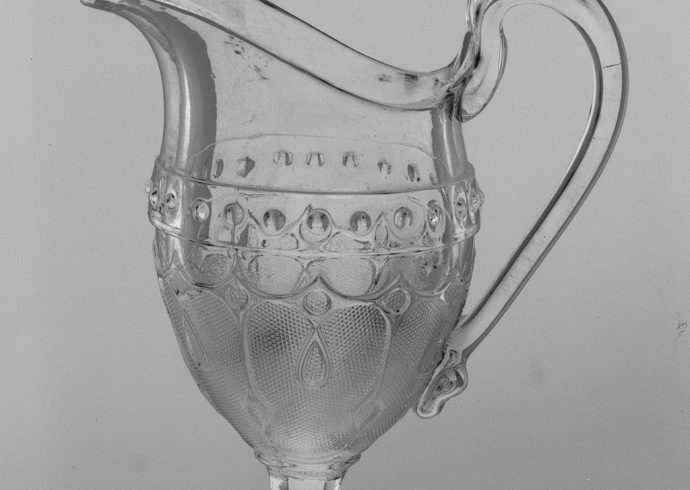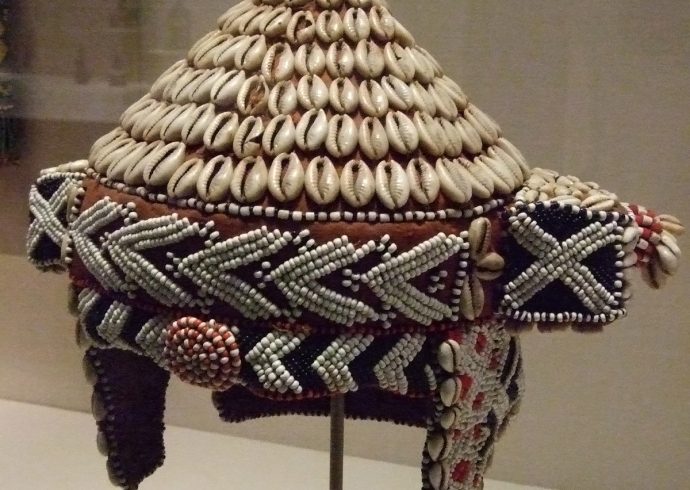
The History of Myriorama
Dating back to the 1820’s, a card-based parlor game called the myriorama was popular among children and adults. Often created in sets with an even number up to sixteen cards, the cards were rectangular in shape, 8” x 3” in size. Each card depicted a segment of a landscape, and as a set, designed to create a variety of different landscapes from the original. First created by Jean-Pierre Brès in France, it did not take long for the new game to sweep western Europe, spawning similar ones with landscapes suggestive of local regions, complete with people, buildings, mountains, flowers, even the sea, in Germany, Netherlands, and England. Basically, the myriorama was an original work of commercial art created just for this purpose and could provide hours of entertainment for the individual playing with these cards, arranging them and rearranging them. With a set of sixteen cards split into two sets of eight cards each, two people could play with the myriorama at the same time.
One publisher of myriorama was Samuel Leigh, a bookseller who lived in London during the nineteenth century. During the height of myriorama, Leigh was experienced in the field of publishing travel guides, selling them under his own name, not unlike Fodor’s travel series. Travel and the creation of landscapes for myriorama go together naturally, and one benefit of the myriorama sets Leigh manufactured was that each card was numbered so that the user could refer to the original order of the cards if needed.
As with Europe, the myriorama became popular in the United States around 1825. A brief description of the game is described in The Philadelphia Inquirer dated March 18, 1825, further mentioning the astonishing number of variations one could make with a standard sixteen card set: 20,922,789,888,000, or 20 trillion. Needless to say, the length of time it would take to complete the process would be well beyond the average lifespan of a person, and thus virtually impossible to do. On the positive side, it proved an efficient means of keeping both children and adults from being bored.
Long in reprint, the book titled Myriorama: A Collection of Many Thousand Landscapes, Designed by Mr Clark, contains a reproduction of sixteen panels created by John Heaviside Clark. Museums such as the Archives at the University of Sheffield and Bodleian Libraries contain many original rare items pertaining to myriorama plus original copies of the card game.
Nowadays, both reproductions of original myriorama, plus original landscapes, can be printed on paperboard for use. English writer Sir Philip Pullman is known for “consulting” a set of myriorama cards for writing inspiration. No doubt selecting a card or two from the set can provide the right flow for a story scene.
For a digital example of how myriorama works, visit this link at The Laurence Sterne Trust. Perhaps due to the very nature of myriorama, the original card game translates beautifully to a digital version using the drag-and-drop method.
Image Credit: Bodleian Libraries, University of Oxford. Creative Commons 3.0 Bodleian.


